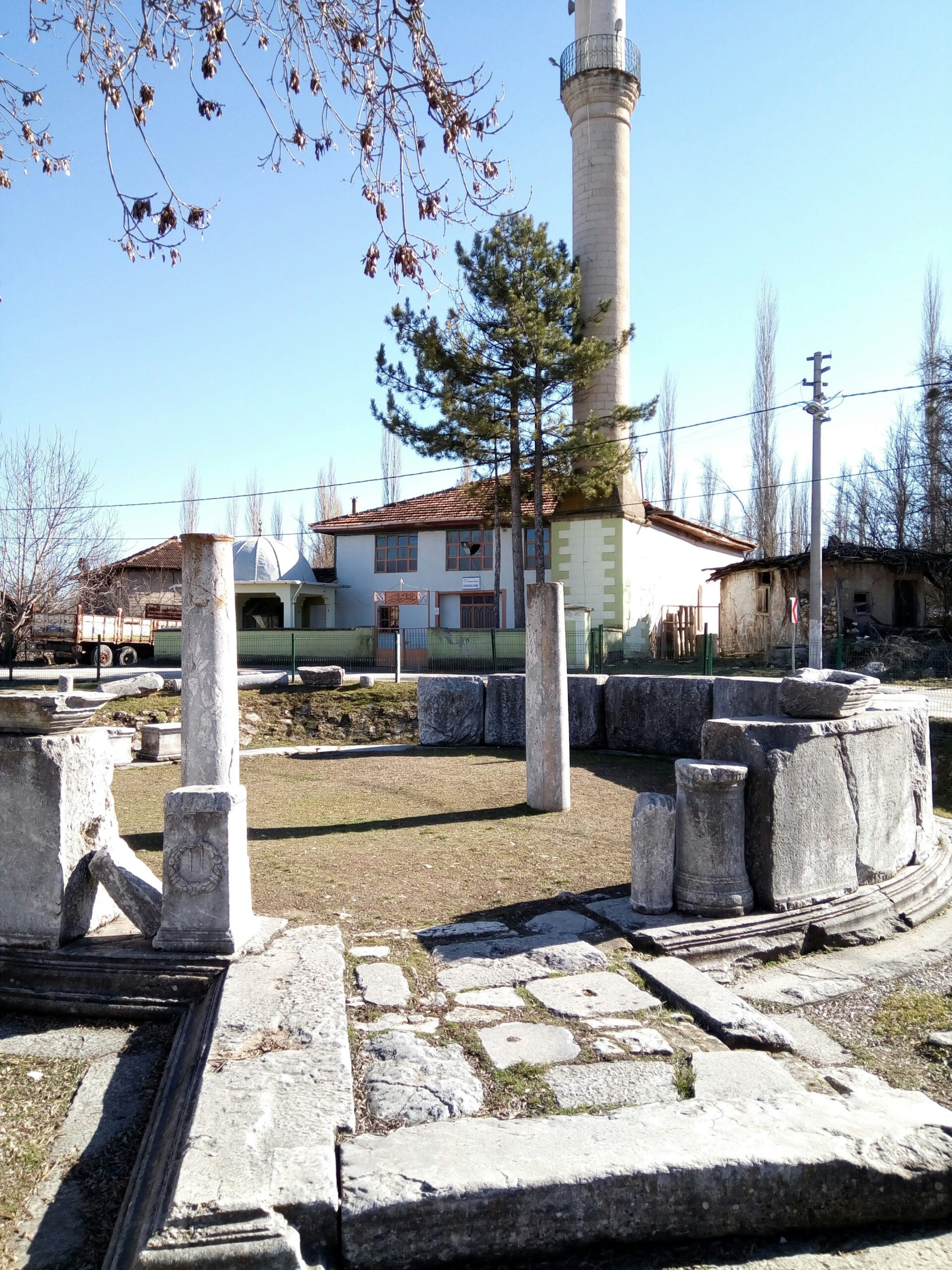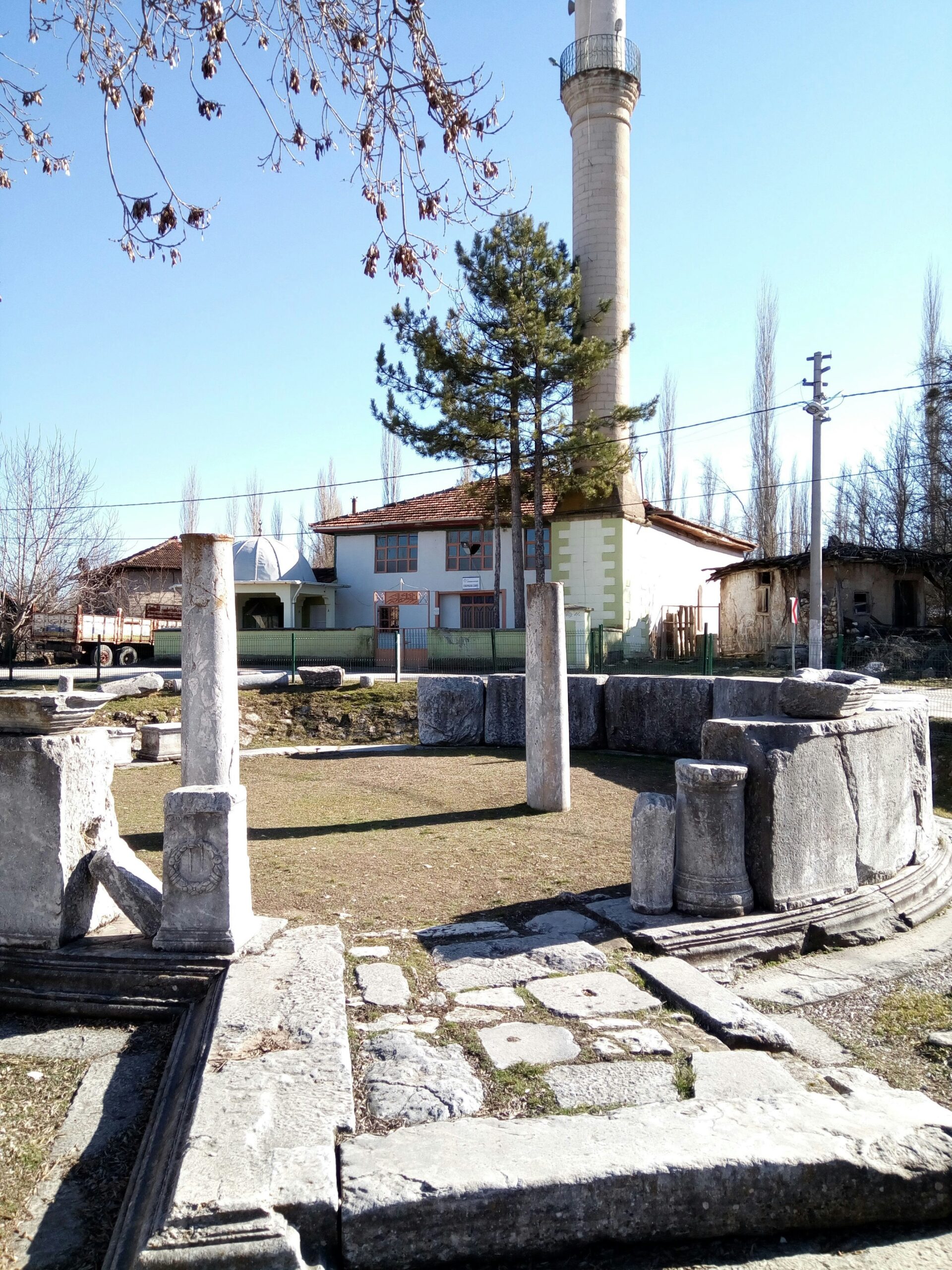
Introduction to the PKL Season 11 Auction
The Pro Kabaddi League (PKL) Season 11 auction represents a pivotal moment in the kabaddi calendar, serving as a crucial platform for teams to reinforce their rosters ahead of the competitive season. As one of the most anticipated events in the league, the auction allows franchises to identify and acquire talent that aligns with their strategic objectives, thereby enhancing their prospects for success. With a varied pool of players available, each auction becomes a strategic chess game, necessitating astute decision-making from team managers and coaches.
Historically, the PKL auctions have been instrumental in shaping the dynamics of the league. Past seasons have revealed notable trends in player valuation, particularly as franchises adapt to evolving strategies and gameplay styles. For instance, earlier auctions exhibited a pronounced inclination towards securing established stars, while more recent seasons have shown a shift toward investing in emerging talents and versatile players. This shift reflects a growing understanding of the importance of balanced team composition and the significant role that young players can assume within a squad.
Key Highlights from the Auction
The PKL Season 11 auction has drawn significant attention from fans, analysts, and pundits alike, showcasing the dynamic nature of professional kabaddi. Among the standout moments, the most expensive player acquired in this season’s auction was none other than a well-known raider who attracted a bid of ₹1.5 crore. This acquisition underlines the ongoing trend of teams prioritizing experienced raiders, indicating an aggressive approach toward securing top talent in the league.
Another notable highlight includes the surprising bid wars that ensued for certain players, particularly a young all-rounder who has displayed commendable performance in previous seasons. Teams engaged in intense bidding, signifying their confidence in the player’s potential to significantly enhance their squad’s performance. Various franchises seemed to have adopted a strategic approach, carefully analyzing player performances from past seasons to inform their spending decisions, ultimately leading to smart investments that could pay off in the upcoming matches.
The distribution of budgets among the teams provided insights into their overall strategies. For instance, some franchises opted for a balanced approach, investing in both young talents and seasoned players, while others concentrated their spending on a select few key players. A team owner expressed their belief in focusing on players’ on-field capabilities as a cornerstone of their auction strategy, emphasizing the importance of versatility and experience in forming a competitive squad.
Furthermore, the auction featured several player movements that caught the eye of spectators, including a star defender’s transfer to a rival team, which not only shifted the dynamics within the league but also set the stage for an exciting season. Overall, the auction encapsulated the essence of the PKL, where tactical planning, budget constraints, and player evaluations culminate in creating formidable teams for the franchise-based league.
Players Bought and Their Impact on Teams
The recent PKL Season 11 auction witnessed a flurry of strategic acquisitions, significantly reshaping team compositions. Notable players such as Pardeep Narwal and Siddharth Desai were among the top buys, each bringing substantial performance records to their new franchises. Narwal, a seasoned raider, has consistently demonstrated exceptional agility and scoring ability, amassing over 1,000 points in previous seasons. His inclusion is expected to bolster the attack line of his team, providing them with a leader capable of changing the course of matches.
Siddharth Desai, on the other hand, offers a blend of size and skill, making him an asset in both offensive and defensive strategies. Having previously dazzled audiences with his impressive raiding techniques, Desai’s height and reach make him a formidable opponent for defenders, allowing him to capitalize on gaps in rival formations. Teams that secured these key players are likely to experience improved synergy, as their diverse skills complement existing talents within the roster.
Another noteworthy acquisition was that of experienced defender Ajay Thakur, whose tactical understanding and sharp instincts have earned him high praise in the league. Thakur’s disciplined approach to defense can significantly impact his team’s ability to minimize points conceded, thereby fostering a more balanced gameplay style. The integration of such experienced players allows teams to not only strengthen their starting lineup but also mentor younger, less experienced players, promoting a culture of growth and resilience.
Furthermore, these changes can alter team dynamics, as new players often challenge existing members to elevate their performance. Comparing these acquisitions with previous seasons highlights a shift towards building more versatile and competitive teams capable of responding to the fast-paced demands of the league. As the season approaches, the effectiveness of these recruits will become evident in how well they adapt and contribute to their teams, inevitably influencing the overall trajectory of the competition.
Unsold Players and Future Implications
During the PKL Season 11 auction, a notable number of players went unsold, raising questions about their future in professional kabaddi. Various factors contributed to these players not receiving bids. A significant reason could be the oversaturation of talent in certain positions, particularly defenders and all-rounders, which resulted in high competition for limited available slots on team rosters. Additionally, some players may have suffered from recent injuries or inconsistent performances, thus dampening their market appeal.
The implications for these unsold players could vary widely based on individual circumstances. For some, this may serve as a critical moment for reflection and reassessment of their careers. Seeking opportunities in other leagues, including state-level competitions or international tournaments, could provide a viable path forward. This could be especially beneficial for younger players looking to build their credentials and regain the attention of PKL franchises in future auctions. On the other hand, veteran players might consider taking a break from competition, refocusing their energy towards coaching or mentoring roles within the sport.
Moreover, the outcomes of the auction may also reflect broader trends in the league that could shape the future landscape of kabaddi. As franchises make more calculated decisions based on performance analytics and player fitness levels, the traditional metrics for evaluating talent may evolve. This shift could lead to an increased emphasis on skill development and the importance of health management in prolonging careers within the league. Ultimately, while the auction results may seem disheartening for unsold players, the long-term outlook could present new challenges and opportunities that redefine their professional journeys.
